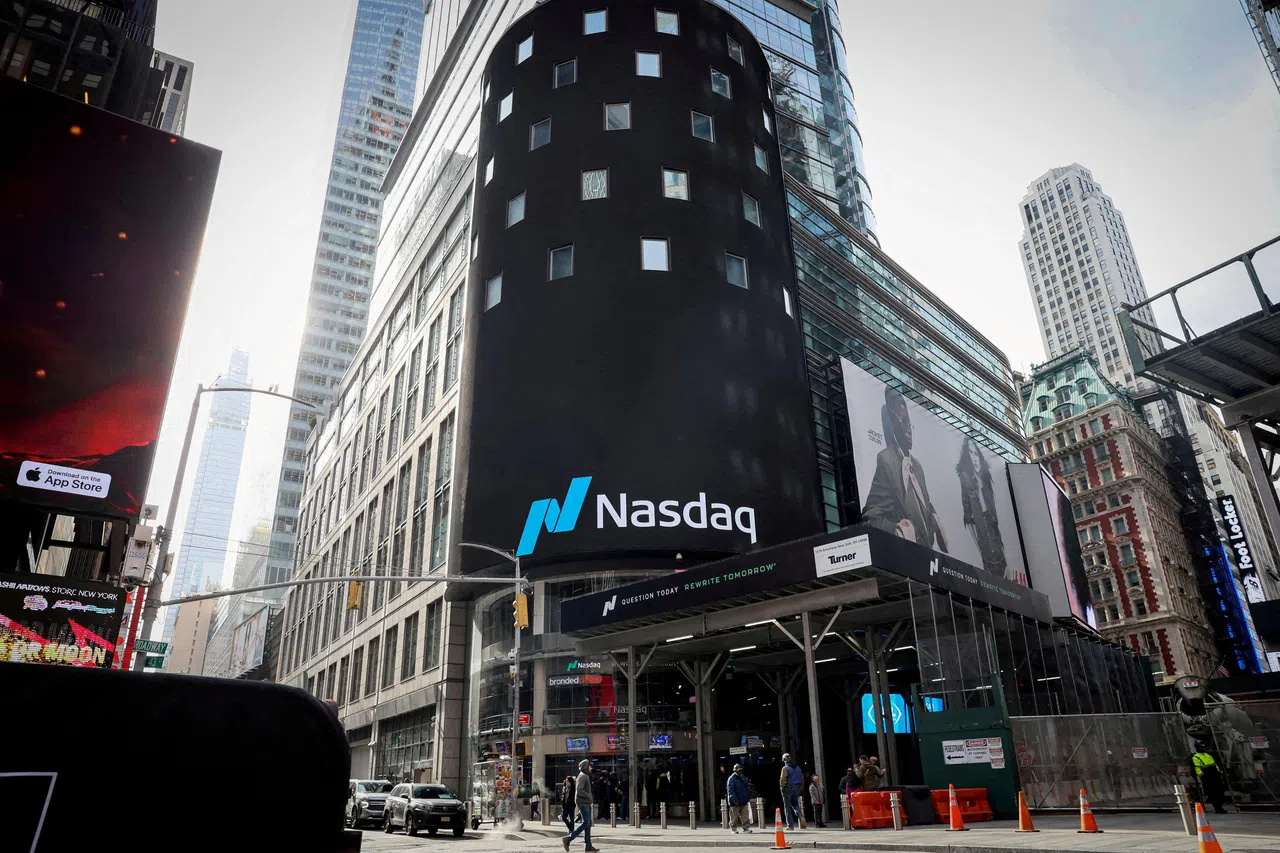US main indexes marked stellar performance in the first half of 2024, with the Nasdaq Composite climbing 18.1 per cent. However, after reaching for the year in July, the index experienced volatile swings, with daily trading ranges of 2 to 3 per cent.
In September, the US Federal Reserve (Fed) meeting saw its first rate cut of 50 basis points since early 2020. Currently, US short-term interest rates range between 4.75 per cent and 5 per cent, with potential further cuts anticipated in 2024 and 2025. The latest US economic data for inflation and employment also supports the case for further rate cuts. Consequently, the market has maintained a bullish stance following the announcement. The Fed has managed to boost market confidence by demonstrating its commitment to inflation and employment targets without delaying action.
Going into the final quarter of 2024, with the upcoming earnings season and US presidential election in November, the Nasdaq index is expected to remain volatile. The tech heavy index is expected to remain sensitive to interest rate movements and proposed government bills by the presidential candidates.
Bullish scenario
The Nasdaq managed to break above the 76.4 per cent Fibonacci level at 19,922 and closed above 20,000 on Sep 26. The next resistance level would be the 2024 high at 20690 reached in early July. The index has remained above the 20-day, 50-day, and 100-day simple moving averages (SMA) since the September Fed meeting, positioning it to maintain upward momentum. To sustain this momentum, the main support level for the index will be between 19,400 and 19,500.
The gap up from mid-September also saw the index break the wedge pattern that formed between July and September, indicating a potential bullish continuation.
Bearish scenario
Conversely, the index is trading near the 76.4 per cent Fibonacci level. If the index is unable to convincingly stay above the 20,000 level, dipping back below could reinforce strong resistance at this level which was only broken once during the early July bull run.
The Nasdaq might see a correction back to the 61.8 per cent Fibonacci level at 19,450. A break below it will also see the index fall below the SMA levels and find the next support around 18,700.
In contrast to the strong bullish momentum supported by various SMA lines, the correction in early and end-August made the SMAs more unpredictable. Quick bullish and bearish crossovers could be observed in quick succession; for example, the 20-day SMA recently crossed above the 50-day, while the 50-day SMA fell below the 100-day SMA. This suggests that large intra-day movements may continue before any stability is expected post-presidential elections.
The writer is manager (dealing & investor education) at Phillip Securities







